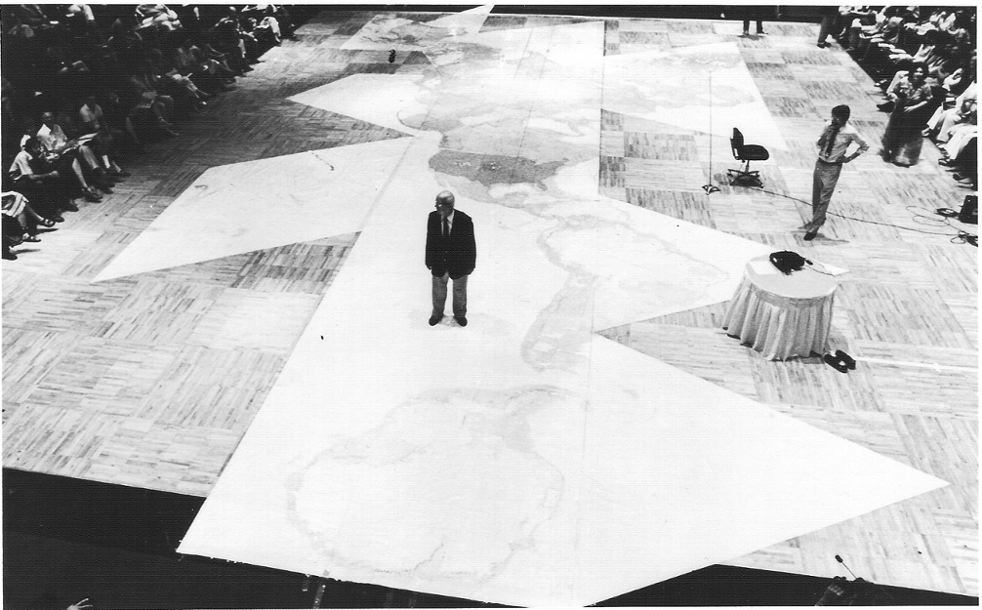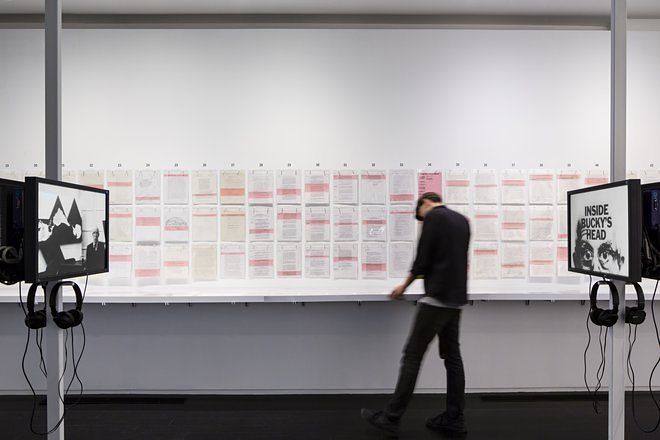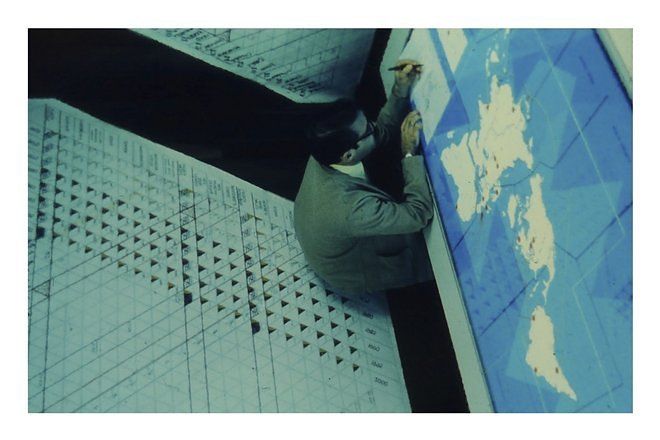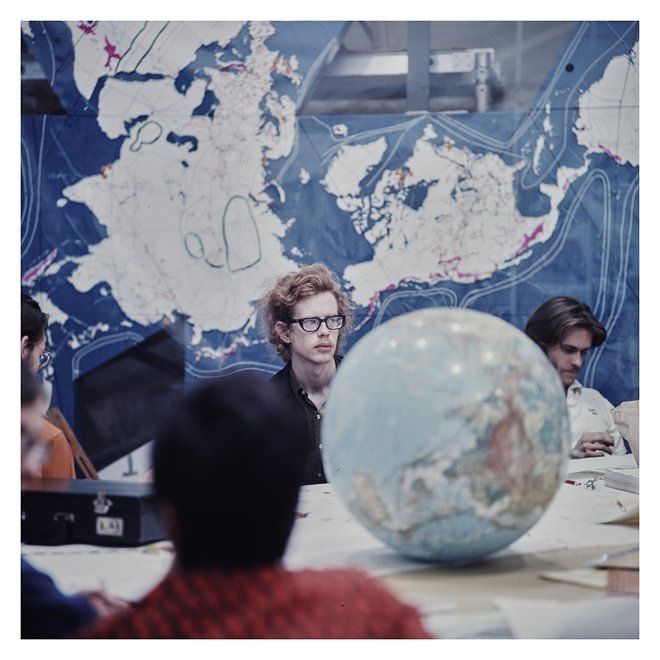Games for Cities
World Game (1961)
U.S.A.
Developed by:
A comprehensive informational resource database, and educational simulation tool, to help create solutions to overpopulation and the uneven distribution of global resources.

In the late 1940’s, the world was coping with the ravages of world war and nationalism. Buckminster Fuller, American architect, inventor, educator, and visionary, conceived a tool to help address these critical problems: the World Game. This was part of Fuller’s ‘Comprehensive Anticipatory Design Science’ lifework, and sometimes referred to as the ‘World Peace Game’. Adapted from cold war command and control infrastructure systems – a vast computerised network that could process, map, and visualise environmental information, on a global scale. Fuller’s initial concept was to create a game of logistics that accurately simulated world resources, and helped participants figure out a means of sharing them in the most equitable fashion possible. A World Resource Inventory would be charted, graphed and overlaid onto an interactive map, creating an overall informational awareness.
His ambition was to create a data model that would inspire others to find a solution to the problem—how can humanity share resources and create lasting peace? His goal was to: “make the world work, for 100% of humanity, in the shortest possible time, through spontaneous cooperation, without ecological offense or the disadvantage of anyone.”
The game was thus intended to facilitate the discovery of conditions for perpetual ecological peace, and to usher in a new era of total global resource consciousness. Thus, it was a system for environmental information and resource administration, which ultimately led to the information economy. Fuller viewed this method of looking at the world and its resources as a way to reframe politics as usual. The game was intended as a tool that could be used by people around the world to understand and develop solutions to what he called the real enemies of humanity: hunger, illiteracy, lack of health care, environmental degradation, and ‘you or me’ thinking. In the game, players are required to cooperatively solve a set of metaphorical global-scale scenarios, thus challenging the dominant nation-state perspective with a more holistic global view. While the game was first conceived of in 1961, and remained largely speculative and pedagogical throughout Fuller’s life – appearing primarily through copious research reports, resource studies and ephemeral workshops – Fuller claimed that he had been playing it ‘longhand’ without the assistance of computers since 1927.
Global Simulation Workshops today (o.s. Earth):
In 1980, the World Game Institute and the World Resources Inventory published the World Energy Data Sheet, which compiled a nation by nation summary of energy production, resources, and consumption. Further, they developed the world’s largest and most accurate map of the world, one of the most detailed and substantive databases of global statistics available anywhere, and educational resources designed to teach interdependence, collaboration, respect for diversity, and individual participation in a global society. In 2001, a for-profit educational company named o.s. Earth, Inc. purchased the principal assets of the World Game Institute and has been offering a Global Simulation Workshop that is a direct descendant of Buckminster Fuller’s famous World Game. In a Global Simulation, Fuller’s original idea is enhanced with state of the art multimedia (like the technology of his imagination some 50 years ago), the inclusion of relevant current issues, and dynamic game play. What results is a challenging and moving experience that participants remember for a very long time.



